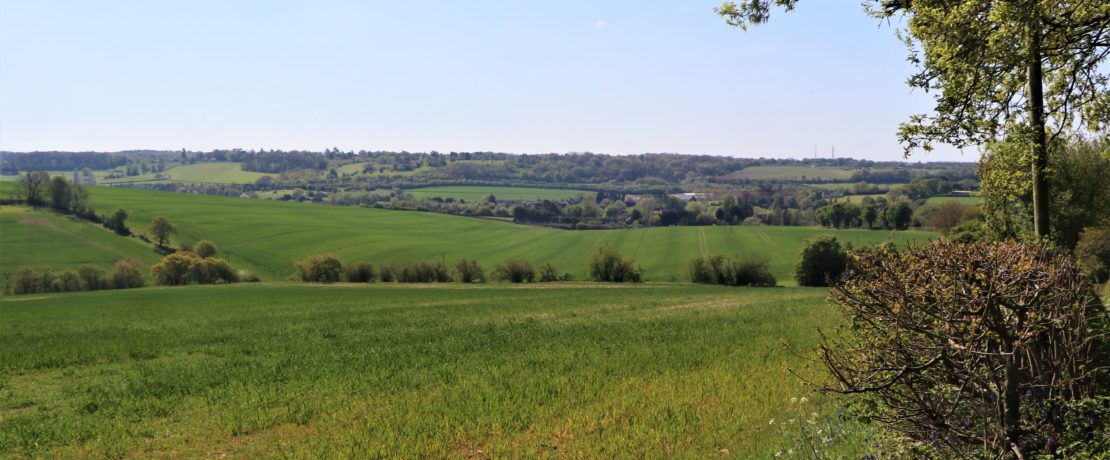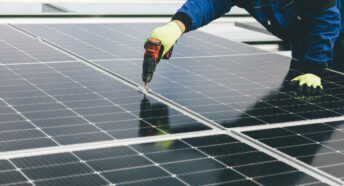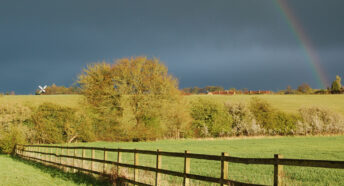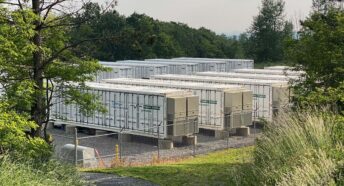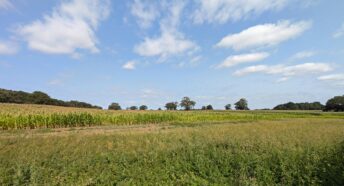Permission refused for solar farm at Little Heath Lane, Berkhamsted
Dacorum Borough Council has refused permission for an industrial-scale solar farm on a visually prominent, sloping hillside within the Green Belt, adjacent to the Chilterns Area of Outstanding Natural Beauty.
We’re pleased that the Council has upheld the protection of the Green Belt and of the Chilterns AONB from inappropriate development at Little Heath Lane in Berkhamsted. While we advocate for renewable energy generally, there are many specific reasons why we object to this proposal.
The Council’s decision
The Council recognised the significant benefits of renewable energy generation, but determined that these benefits do not outweigh the harm that would be caused to the Green Belt and to the Chilterns AONB. They decided that the applicant did not demonstrate the ‘very special circumstances’ that would be needed for development of this site to override existing Green Belt and AONB protections as stated in Dacorum’s local plan and in the National Planning Policy Framework. Particular weight was given to ‘the exposed nature of the site, its significantly sloping topography’ and to its ‘visual prominence’, noting that the development ‘would be visible from a wide range of viewpoints. As such there would be overall harm to the character and appearance of the area.’
More detail is available in the Council’s decision notice and full delegated report.
CPRE Hertfordshire’s position on renewable energy
CPRE advocates for climate change mitigation and for renewable energy generation. But we believe solar energy, in particular, should be generated first and foremost from the 617,000 acres of suitable and available south-facing rooftops in the UK. (This figure comes from Solar Energy UK, the solar industry’s own trade organisation.) We would like to see solar panels on commercial, municipal and residential buildings as well as on brownfield sites. In addition, all new buildings should have solar panels integrated into their structure at the time of construction, and as many existing buildings as possible should have solar panels retrofitted.
Instead, we are seeing solar energy promoters and developers focusing on greenfield sites, often in highly unsuitable locations like Little Heath Lane.
Solar industry guidance
We are frustrated by the increase in planning applications for large scale solar farms in locations that are contrary to solar industry guidance. This guidance says that preferred locations for solar installations are on level ground, in visually well-screened areas i.e. where they cannot be easily seen by residential neighbours or from public rights of way, and not on designated protected land such as Green Belt. The guidance also says that solar farms should not be sited on productive, ‘Best and Most Versatile’ agricultural land.
What about agricultural land and food security
It is UK government policy to keep productive agricultural land in food production in order to boost the UK’s domestic food security. Currently the UK must import a lot of the food we consume. According to government statistics, in 2020 we imported 46% of the food we consumed. This makes our food costs higher and our food supply more susceptible to disruption.
At CPRE Hertfordshire we believe this is another reason why solar energy generation should be prioritised for rooftops and brownfield sites, and not on productive agricultural land. We want to see productive agricultural land kept in food production, not industrialised for electricity production.
To find out more
If you want to learn more about CPRE Hertfordshire’s views on renewable energy, you can read our policy on ground mounted solar installations and related campaign material.
